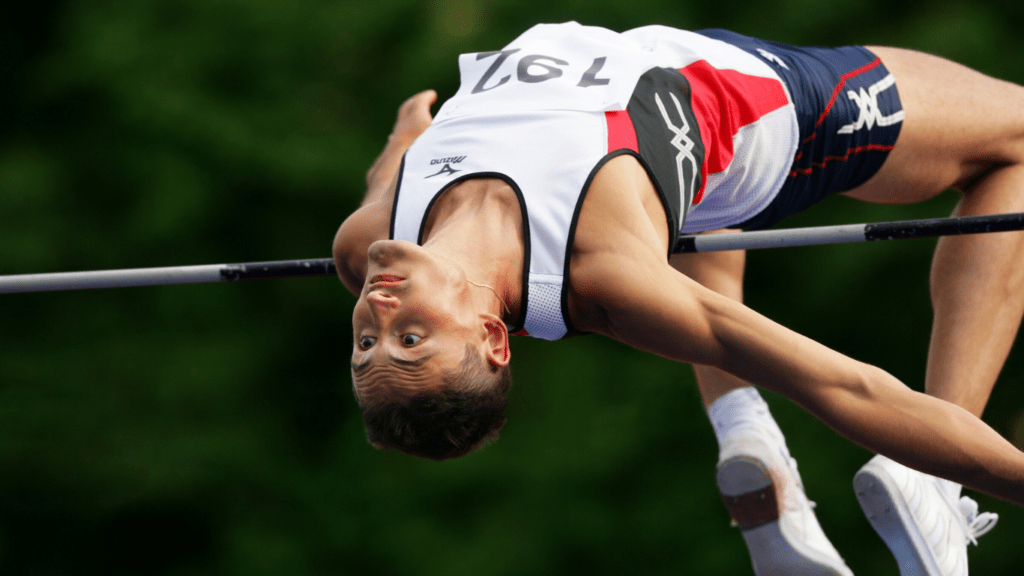When we think about athletic success, physical strength and skill often take center stage. But over the years, I’ve realized there’s another crucial element that separates good athletes from great ones—mental conditioning. It’s the ability to stay focused under pressure, bounce back from setbacks, and maintain unwavering confidence no matter the stakes.
Mental conditioning isn’t just about motivation or positive thinking; it’s a structured approach to training the mind, just like we train the body. It sharpens decision-making, builds resilience, and unlocks peak performance when it matters most. Athletes who master this hidden key don’t just compete—they dominate.
Understanding Mental Conditioning
Mental conditioning strengthens the psychological aspects of athletic performance. It helps athletes manage pressure, stay focused, and maintain peak performance during competitions.
What Is Mental Conditioning?
Mental conditioning refers to the systematic training of the mind to develop traits essential for athletic success. These traits include resilience, self-discipline, emotional control, and confidence. By employing techniques like:
- visualization
- goal setting
- mindfulness
athletes train their cognitive abilities to complement physical preparation. For example, a sprinter might visualize a flawless race to boost focus and reduce anxiety before a competition.
Mental conditioning also addresses negative thought patterns and emotional responses. It encourages positive self-talk and constructive reactions to setbacks. This mental framework promotes consistency in performance, especially in high-stress scenarios.
Importance of Mental Conditioning in Sports
Mental conditioning enhances decision-making, emotional consistency, and overall performance under stress. Athletes who can regulate pressure and maintain clarity often outperform competitors. For example, a basketball player executing precise free throws in the final seconds highlights mental toughness.
It also improves recovery from setbacks, enabling faster psychological adaptation to losses or injuries. This resilience directly impacts career longevity and consistent performance levels. Furthermore, structured mental conditioning fosters confidence through preparation, decreasing self-doubt during critical moments in games or events.
Key Components of Mental Conditioning

Mental conditioning incorporates various elements that strengthen the psychological foundation of athletic performance. Each component plays a specific role in enhancing mental resilience and focus during high-pressure situations.
Focus and Concentration
- Maintaining focus during competitions directly impacts performance outcomes.
- Distractions, whether external or internal, disrupt an athlete’s concentration, leading to inconsistent execution.
- Techniques such as mindfulness exercises and narrowed attentional focus help athletes stay present. For example, mindfulness improves a tennis player’s ability to focus on ball movement while ignoring crowd noise.
- Over time, repetitive practice increases mental endurance for prolonged concentration during events.
Building Mental Toughness
Mental toughness ensures consistent effort and performance under challenging conditions. Athletes with high mental toughness withstand stress, control their emotions, and recover swiftly from setbacks. Developing this trait involves exposing oneself to controlled adversities, like high-intensity drills mimicking competition pressure. For instance, soccer players prepare for penalty shootouts by simulating high-stakes scenarios during practice sessions. Combining self-discipline and adaptability sharpens this psychological skill.
Visualization Techniques
Visualization creates mental rehearsal opportunities to improve both technical precision and confidence. Athletes vividly imagine themselves executing movements or strategies, ingraining positive outcomes into their subconscious. For example, sprinters visualize their start sequence to optimize reaction times. This mental simulation activates neural pathways associated with physical performance, refining execution in real-world settings.
Stress and Anxiety Management
Stress and anxiety undermine decision-making and physical execution during critical moments. Effective management requires proactive strategies like controlled breathing, progressive muscle relaxation, or cognitive reframing. For example, basketball players use diaphragmatic breathing to regulate heart rates post-timeout while maintaining composure. Developing these skills enhances clarity and emotional stability in dynamic competition environments.
Benefits of Mental Conditioning in Sports Training
Mental conditioning significantly impacts an athlete’s ability to excel by strengthening the psychological aspects of performance. It lays the foundation for consistent improvement, especially in competitive environments.
Enhanced Athletic Performance
- Mental conditioning sharpens focus, builds confidence, and reinforces emotional control.
- These factors enable athletes to maintain peak focus during critical moments in competitions.
- Techniques like visualization help athletes rehearse scenarios, reducing reaction times during gameplay.
- By aligning mental preparation with physical training, athletes enhance strategic decision-making and execute skills with precision, even under pressure.
Improved Team Dynamics
Strong mental conditioning promotes self-awareness and effective communication among team members. Athletes with refined psychological abilities are better at managing emotions, fostering positive interactions, and supporting teammates during challenges. This mental framework reduces conflicts, enhances collaboration, and improves overall team cohesion, leading to collective success.
Faster Recovery and Resilience
Mental conditioning aids in coping with failures, injuries, or setbacks by promoting emotional adaptability. Techniques like mindfulness and positive self-talk accelerate recovery after losses, minimizing prolonged periods of mental stress. Resilience training strengthens an athlete’s ability to rebound and return to form, maintaining consistent performance levels over time.
Techniques to Implement Mental Conditioning
Strengthening mental conditioning requires structured techniques that integrate seamlessly with an athlete’s training regimen. I focus on actionable strategies to enhance mental resilience and performance.
Goal Setting Strategies
Establishing specific, measurable, achievable, relevant, and time-bound (SMART) goals creates direction and motivation. I break long-term objectives into smaller, trackable milestones. For example, a runner aiming to improve their marathon time might create weekly pace targets and focus on incremental gains. I also encourage setting both performance goals (e.g., improving endurance) and process goals (e.g., adhering to a nutrition plan) to balance outcomes and actions.
Positive Self-Talk Practices
I leverage positive self-talk to reinforce confidence under pressure. Replacing negative thoughts with constructive affirmations creates a mental shift. For instance, phrases like, “I’m prepared and capable,” promote resilience, especially during high-stress competitions. Creating individualized affirmations based on an athlete’s needs allows reinforcement of self-belief and diminishes self-doubt.
Incorporating Mindfulness and Meditation
Practicing mindfulness and meditation enhances focus and emotional regulation. I incorporate simple breathing exercises and guided meditations to help athletes stay present. For example, mindfulness practices before games reduce anxiety while preparing the mind for high performance. Apps or consistent routines simplify integrating meditation into daily training schedules, reinforcing calmness and concentration during intense situations.



 Lead Training Analyst
Lead Training Analyst
